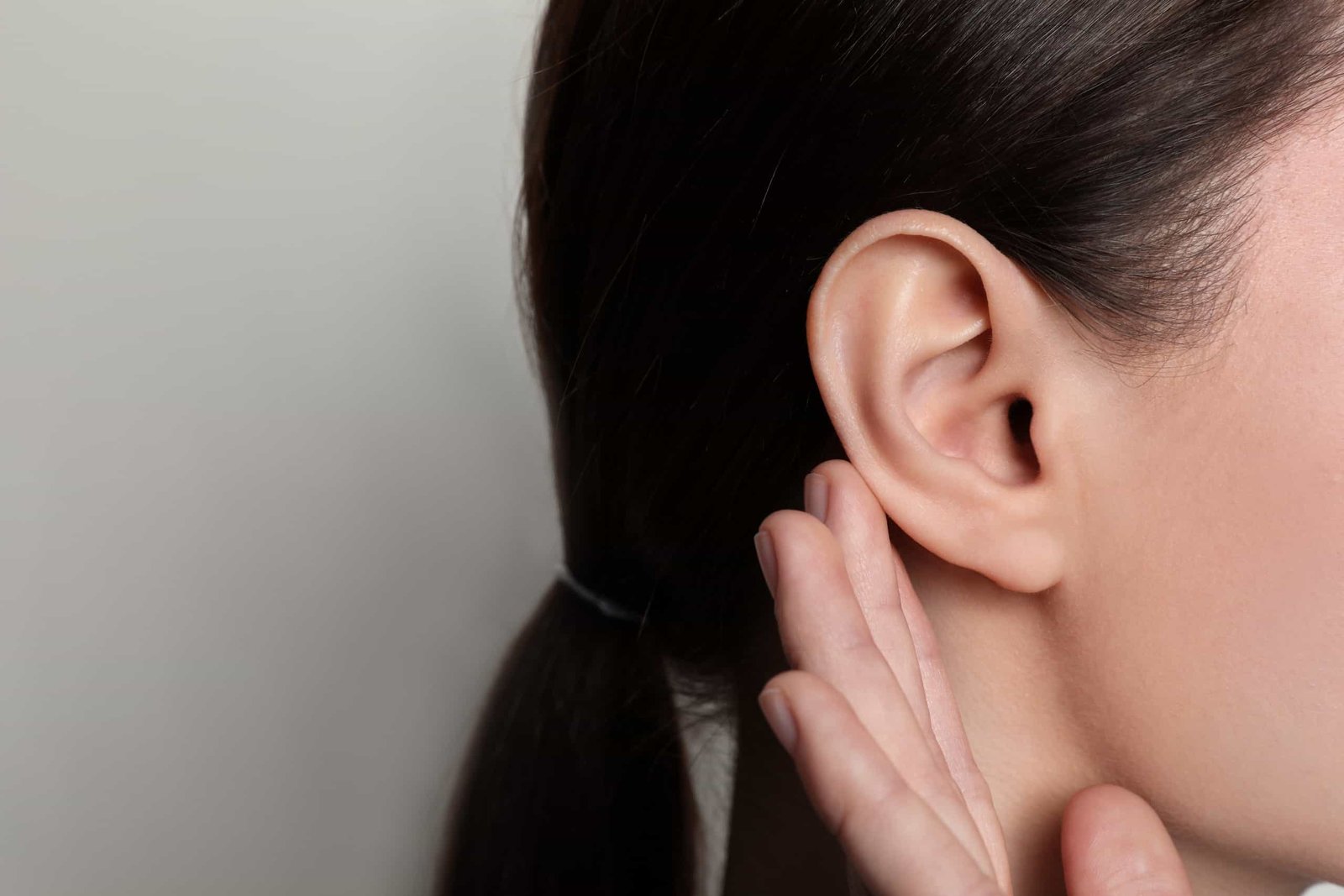Given that both physical therapy and physiotherapy seek to increase function and mobility, the language used in both fields might be confusing. In order to improve total well-being, physiotherapy typically stresses a holistic approach that includes manual therapy, lifestyle adjustments, and patient education. Physical therapy, on the other hand, frequently concentrates more intently on recovery from surgeries or injuries. Patients can make more informed judgments about their care if they are aware of the subtleties.
What You Must Understand
Physical rehabilitation and physiotherapy are essential for the treatment of chronic pain, injuries, and mobility problems. Techniques including hydrotherapy, electrotherapy, and therapeutic exercises are frequently used in physiotherapy. Physical therapy, on the other hand, might put more of an emphasis on prescribing exercises and manual therapy to regain function.
The phrases “physiotherapy” and “physical therapy” are commonly used synonymously when discussing rehabilitation and recovery, which can cause misunderstanding for both patients and healthcare professionals. Even if the two procedures are similar, there may be subtle differences between them based on local preferences and particular therapeutic philosophies. The purpose of this page is to assist readers in making educated decisions regarding their care by outlining the definitions, functions, and distinctions between physical therapy and physiotherapy.
Definitions and Historical Background
Physical therapy and physiotherapy both deal with the management of physical illnesses, especially those that affect function and movement. Nonetheless, the terms are frequently linked to disparate behaviors and ideologies, especially across international borders.
The term “physiotherapy” is more frequently used in nations like Australia, New Zealand, Canada, and the United Kingdom. It includes an all-encompassing method of treating patients that emphasizes the restoration of movement and function via a range of therapeutic techniques. Physiotherapists address more than simply physical symptoms; they also address the underlying reasons of pain or dysfunction. They frequently stress the value of education, prevention, and rehabilitation.
Physical Therapy:
“Physical therapy” is the term most commonly used in the United States. Physical therapy seeks to restore function and movement, just like physiotherapy does. Physical therapy, on the other hand, is more likely to concentrate on customized rehabilitation methods, manual treatment, and targeted exercises in the United States. PTs frequently collaborate closely with patients who are recuperating from orthopedic procedures, trauma, or long-term discomfort.
Paths in Education
While there are regional variations in the specific criteria, both physical therapists and physiotherapists get substantial study and training.
Education in Physiotherapy:
A physiotherapist in many nations is usually a graduate of a three- or four-year program in physiotherapy. A master’s or doctorate degree might be necessary in specific circumstances. Topics covered in the program include biomechanics, anatomy, physiology, and therapeutic methods. Before being licensed, graduates must also finish clinical assignments to receive real-world experience.
Education for Physical Therapists:
After completing an undergraduate degree, physical therapists in the United States must obtain a Doctor of Physical Therapy (DPT) degree, which typically takes three years. While the coursework in the DPT degree is comparable to that in physiotherapy programs, it frequently emphasizes clinical practice and evidence-based treatment modalities more. To practice in their state, physical therapists need to pass a national licensing exam.
Methods of Therapy
Although increasing mobility and function is a shared goal of both physical therapists and physiotherapists, their methods of therapy can vary.
treatments Used in Physiotherapy:
Physiotherapists use a range of treatments, such as hydrotherapy, electrotherapy, manual therapy, therapeutic exercises, and patient education. In their treatment programs, they frequently take into account the patient as a whole and take lifestyle, posture, and ergonomics into account. Physiotherapists may incorporate aspects of psychology and nutrition, among other health fields, into their treatment plans.
Techniques in Physical Therapy:
To treat musculoskeletal problems, physical therapists mainly employ exercises, manual therapy, and modalities like ultrasound or electrical stimulation. They frequently create customized rehabilitation plans based on each person’s needs, especially for individuals getting well after surgery or an injury. Physical therapists frequently stress function restoration through focused exercises and hands-on treatment, while they may also emphasize education and prevention.
Range of Practice
Depending on local laws and healthcare systems, physiotherapists’ and physical therapists’ areas of practice may differ.
Physiotherapy Purpose:
Many countries may have a wider scope of practice for physiotherapists, which enables them to treat a variety of ailments, such as respiratory problems, neurological disorders, and women’s health difficulties. They frequently work in a variety of places, including community health centers, sports facilities, hospitals, and outpatient clinics.
Physical Therapy Purpose:
Physical therapists in the United States treat a broad range of ailments, with a primary focus on musculoskeletal and orthopedic problems. On the other hand, injury recovery and post-operative rehabilitation usually receive more attention.
Patient Communication and Education
The way a physiotherapist and a physical therapist communicate with each other is another area in which they could vary.
Relationship between Physiotherapist and Patient:
The goal of physiotherapy is to establish a robust therapeutic alliance between the therapist and the patient. This relationship creates a space where patients feel at ease talking about their objectives, worries, and symptoms. Physiotherapists frequently conduct a comprehensive examination during which they address the patient’s general health, way of life, and unique circumstances in addition to the physical complaints.
Patient-Physical Therapist Relationship:
Although their approach may be more focused on certain rehabilitation techniques, physical therapists still place a high priority on patient connection. They might devote more time to setting specific goals pertaining to physical function and less attention to lifestyle factors. They do, however, also support educating patients about exercises, self-care techniques, and the rehabilitation process.
The World View
The cultural context and the healthcare system might also have an impact on the distinctions between physical therapy and physiotherapy. Physiotherapy may be more essential to the total health system in nations that place a high priority on holistic care. On the other hand, physical therapy might be more specialized and rehabilitation-focused in nations like the United States.
Foreign Differenc The difference between the two names is not as obvious in some places. For instance, although the name “physiotherapy” may be more common in some European nations, the procedures followed there are very similar to those of physical therapy, as defined in the United States.
In summary
Although physical therapy and physiotherapy may initially appear to be interchangeable, there are significant differences between them when it comes to their definitions, educational paths, treatment philosophies, and areas of practice. In order to support physical health, rehabilitation, and recovery, both fields are essential. Knowing these distinctions can assist people in selecting the best practitioner for their particular need, be it managing a chronic illness, recovering from an injury, or just looking to enhance their general physical health. The ultimate objective is still the same: to increase function, increase mobility, and provide people the tools they need to live healthier, more active lives.
















Leave a Reply